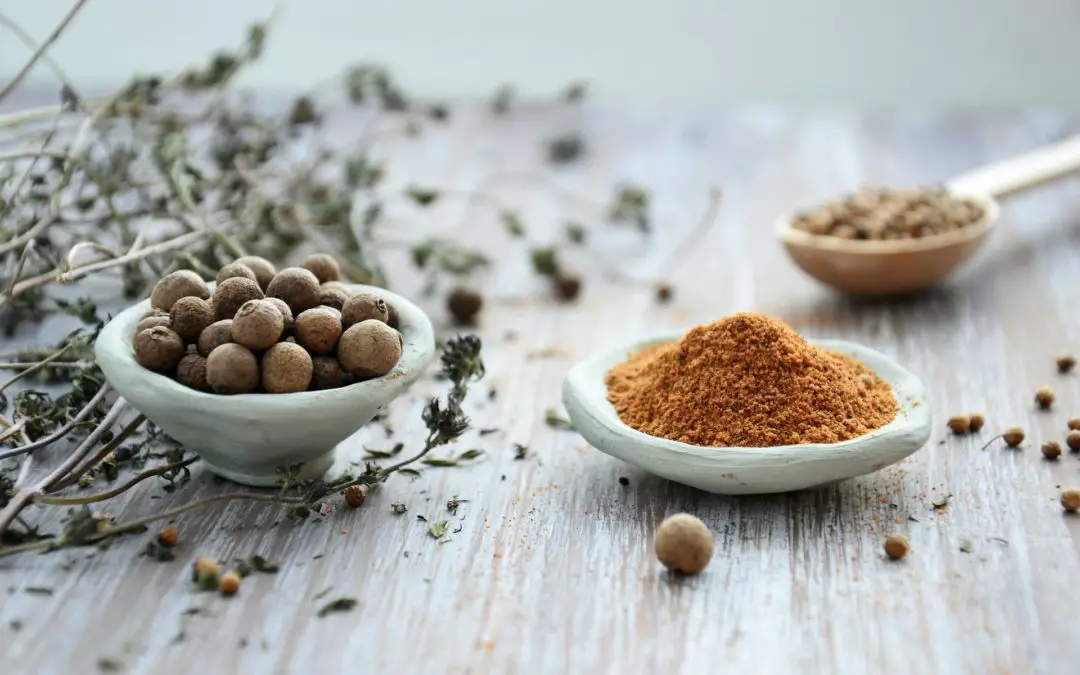Microgreen seeds don’t last very long if they’re not stored properly. Microgreens are particularly sensitive to seed quality, which degrades with improper storage.
To properly store microgreen seeds, place them in an air tight container in the dark and store below 50 °F (10 °C) and between 19% and 27% humidity. Cryogenic temperatures are ideal for multi decade and century-long storage.
That’s because microgreens need to all germinate and sprout at around the same time. And one of the first things to degrade with poor storage is the consistency of germination.
If you have to take just one thing away from this article:
Store microgreens seeds cool, dark and dry.
This is especially critical if you’re in a hot and humid environment. Mold will likely develop if you’re not careful, and it can spread to your other seeds.
What Makes Microgreens Seeds go Bad?
Microgreens seeds go bad because of either improper handling, or storage.
Handling problems include:
- Seed harvesting
- Planting, for example mechanical seeders that damage the seeds
- Watering, for example drowning seeds from soaking for too long, or drying out while germinating
Storage can go wrong too:
- Temperature: Storing too hot, and damaging the seed with heat
- Moisture: keep relative humidity low, between 19% an 27%
- Fluctuations in storage conditions
- Light: the darker the better
Effect of Storage on Microgreen Seeds
Storage reduces how suitable your seeds are for microgreens in a few important ways. There are two key words that are commonly used when assessing seed health: viability and vigor.
Viability is how likely a seed is to germinate at all. It’s not factoring in the time, just whether it will grow or not.
Vigor is how robustly, quickly and evenly germination occurs.
When you’re storing seeds for prolonged periods (or under less than ideal conditions) it’s vigor that declines first, followed by viability.
A decline in vigor is a big deal for microgreens because it doesn’t happen evenly. Uneven germination means half of your microgreen tray could be ready to harvest as the other half of the seeds are just sprouting. That’s a huge waste!
So, storage is important to microgreens.
Ideal Microgreen Seed Storage Conditions
The best seed storage conditions are:
- Isolated: keep batches of seep separate to prevent spread of disease
- Airtight: don’t less humidity and oxygen in
- Cold: slows down microbial growth and reactions in the seed
- Dry: dry conditions prevent mold growth and help seeds keep longer
- Dark: light encourages premature germination
A great option is you seal them in airtight glass jars, then place them into the fridge. But make sure they’re not able to exchange any air with the fridge.
Fridges can be full of spores and pathogens, and the last thing you want is to contaminate your seeds. It probably wouldn’t hurt to clean your fridge regularly (this will help microgreen storage times too!)
Visually inspect your seeds
Isolation is really important!
If you have seeds that are already wet or molding, the last thing you want to do is put them next to your healthy seeds!
So, inspect them.
Any time you get fresh seeds in the mail, do an inspection and make sure everything looks good. I like to also transfer them into a glass container to seal against air exchange and humidity infiltration. It also provides a little buffer against temperature fluctuations.
Ideal humidity for microgreen seed storage
In general, the colder and lower the humidity the better. You want to lower the humidity to the point where the natural biological processes of the seed, and microorganisms are slowed to almost a stop.
Quick tip: Aim for between 19 – 27% relative humidity.
One study examined 5 different seed varieties and came to the following conclusion:
“Based on these observations, we propose that equilibrating seeds between 19% and 27% relative humidity provides the optimum moisture level for maintaining seed longevity during longterm storage.” – Theoretical Basis of Protocols for Seed Storage, Christina W. Vertucci and Eric E. Roos, source.
This will be hard to achieve in a lot of situations, even 27% relative humidity is very low. Your house is probably between 30 and 70%.
Governments realize the importance of preserving seeds and genetic diversity for future generations, so they’ve invested considerable resources into testing seed storage conditions.
Based on these observations, we propose that equilibrating seeds between 19 and 27% relative humidity provides the optimum moisture level for maintaining seed longevity during longterm storage.
Ideal Temperature for Microgreen Seed Storage
Temperature is key in seed storage. Seeds are alive, and they’re slowly metabolizing as they sit there dormant. So seeds aren’t viable indefinitely.
The colder the better, but there are a few practical temperatures that are ideal for seed storage.
The USDA has a publication which gives the practical guideline is to keep temperature below 50F (10C) for seed storage. Source.
Going as cold as possible is ideal, so if you can store your seeds in a refrigerator or freezer, do it.
But you also want to avoid cycling the seeds between extremely cold and warmer temperatures. Temperature cycling causes seeds to expand and contract slightly, and cause cause damage.
“Low temperature and moisture levels … ensure low metabolic activity, keeping the seeds viable for long periods of time.“ – Crop Trust
Oxygen in the air and decomposition are slowly working away at your seeds, and lowering the temperature is a great way slow all of this down.
Lowering temperature slows down chemical reactions (like oxygen in the air reacting with your seeds) and biological activity too (that’s why we store food in fridges and freezers).
How long can you store microgreen seeds?
Microgreen seeds can be stored up to 2 years under ideal home or farm conditions, sometimes longer!
But you shouldn’t count on it. Try to order enough seeds to save on shipping, but few enough that they won’t be sitting around for over a year. That seems to be the sweet spot. Over time germination will slow down, and become less consistent.
On the extreme end of things, microgreens seeds could be stored for centuries. The Svalbard Global Seed Vault in Sweden is designed as a genetic backup for our food seeds.
- Three-ply foil packages (foil is very air and water resistant)
- Storage temperature of 0 °F (-18 °C)
- Surrounded by permafrost and stone
They’re storing over 980,000 samples of seeds for the long term. Super cool.
What do the microgreen seed suppliers recommend for storage?
Find Johnny’s Selected Seeds storage guidelines here.
True Leaf Market has a great article on what makes seed bad here.
Sprouting.com has some seed storage guidelines in their FAQ.
Conclusion
So at the end of the day. Store your seeds as cold, dry, and dark as you can. But don’t worry too much about it. A sealed jar in the fridge will work just fine.
There’s a lot more really cool information on choosing seeds for microgreens in this article I wrote. I think you’ll find a few new things, even if you’ve been around the block.

I’m Alex Lafreniere. I learned a lot about plants when I built and operated a landscaping company. But, there’s always more to learn. Ever since travelling across the world, I’ve wanted to find ways to bring more tropical and exotic plants into my life. This is the site where I share everything I’ve learned with you.
This site is owned and operated by Plant Hardware, a sole proprietor headquartered in Calgary, Canada. Plant Hardware is a participant in the Amazon Services LLC Associates Program, an affiliate advertising program designed to provide a means for sites to earn advertising fees by advertising and linking to Amazon.com.Plant Hardware may also participate in affiliate programs with Bluehost, Clickbank, CJ, ShareASale, and other sites. Plant Hardware is compensated for referring traffic and business to these companies.

